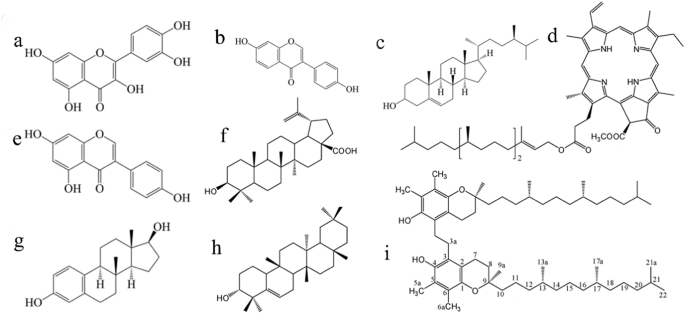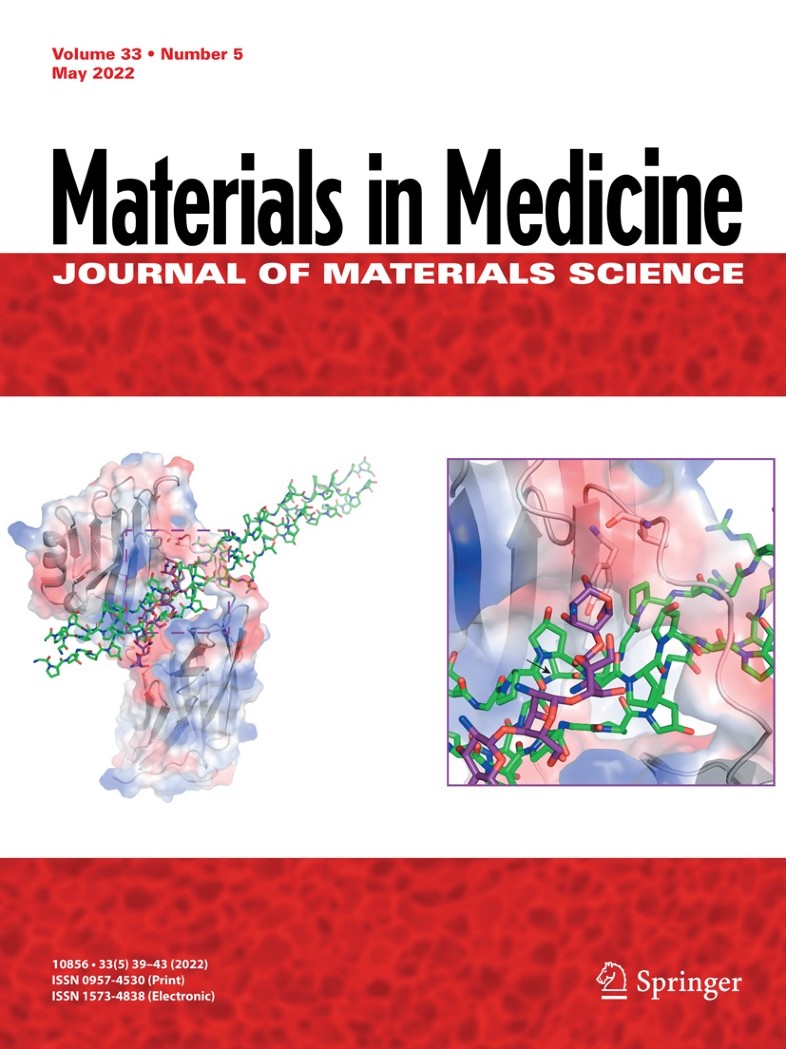Cissus quadrangularis L extract-loaded tricalcium phosphate reinforced natural polymer composite for guided bone regeneration
Abstract
Natural medicines plants are significant considerable attention as potential therapeutic agents for bone tissue engineering. Cissus quadrangularis L (CQ). is a potent therapeutic plant known for its own osteogenic properties. In this research work, a phytoconstituents-filled composite was produced by incorporating CQ extract with gelatin (Gel) and pectin (Pec) polymers collective through β- tricalcium phosphate (β-TCP) bioceramic via a green template method. The effect of CQ-filled composite morphology and chemical structural properties, in vitro cytotoxicity, cell proliferation, and differentiation was investigated. FTIR spectroscopic results indicated the prepared materials’ structural confirmation. The CQ extract was the alcoholic -OH merge with the hydroxyl and -NH groups in the range of 3000 cm−1 to 3500 cm−1. Scanning electron microscopy images showed that the β-TCP ceramic was perfectly embedded in Gel-Pec polymeric matrix, which is important for bone regeneration. In vitro cell culture results indicated that β-TCP/Gel-Pec/CQ composite provided 92.0% of a favorable substrate for mesenchymal stem cell viability. The gene expression and RT-PCR studies represent the materials with good osteogenic expression, especially the β-TCP/Gel-Pec/CQ composite is observed at 168.0% and 188.0% for RUNx2 and OCN, respectively. The result of the physicochemical characterizations and cell viability studies suggest that CQ-loaded β-TCP/Gel-Pec composite can serve as a potential biomaterial for bone tissue repair and regeneration.
Graphical Abstract


 求助内容:
求助内容: 应助结果提醒方式:
应助结果提醒方式:


